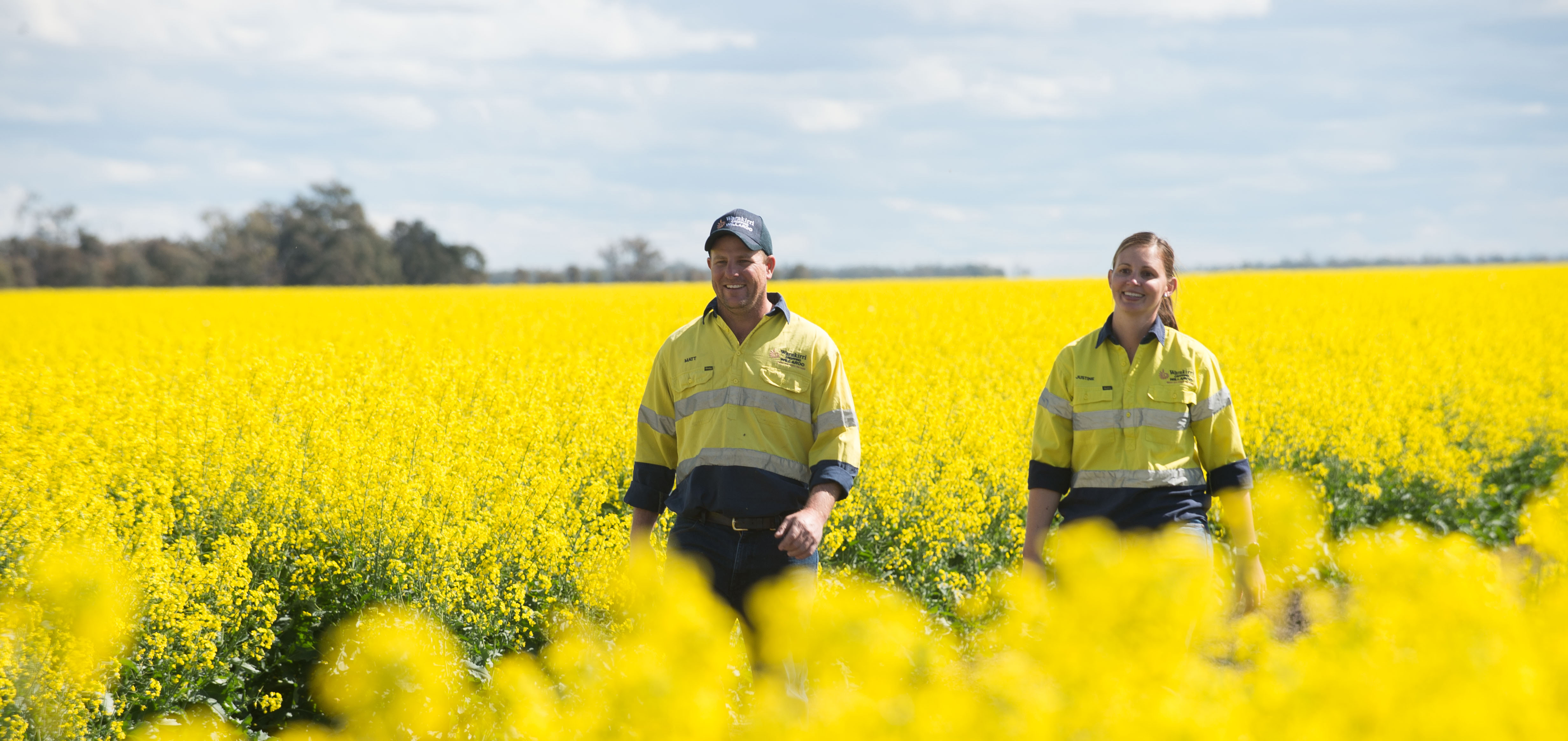
Warakirri Cropping
The future of farms: grow better, grow more
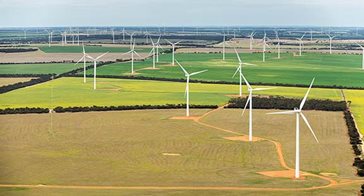
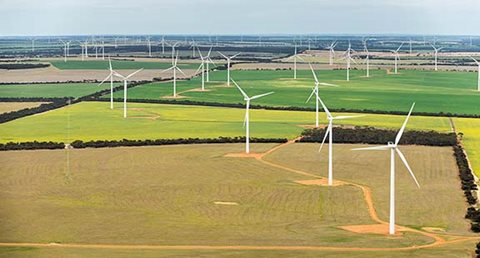
Collgar Wind Farm
We are part of Australia's clean energy shift with Collgar Wind Farm investments.
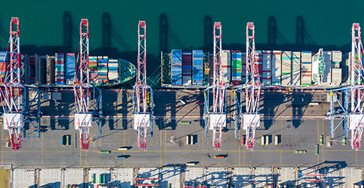
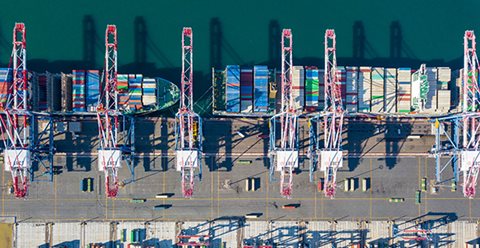
Long Beach Container Terminal
Our investment in Long Beach Container Terminal has a focus on sustainability and efficiency.
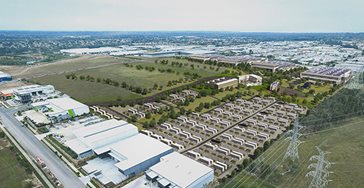
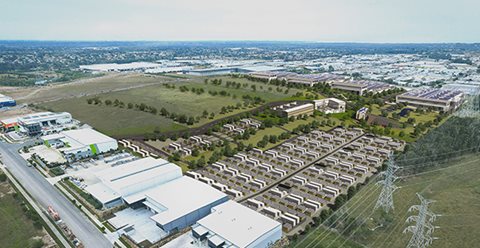
Quinbrook Infrastructure Partners
Quinbrook Infrastructure Partners has a focus on renewable energy infrastructure and businesses.

